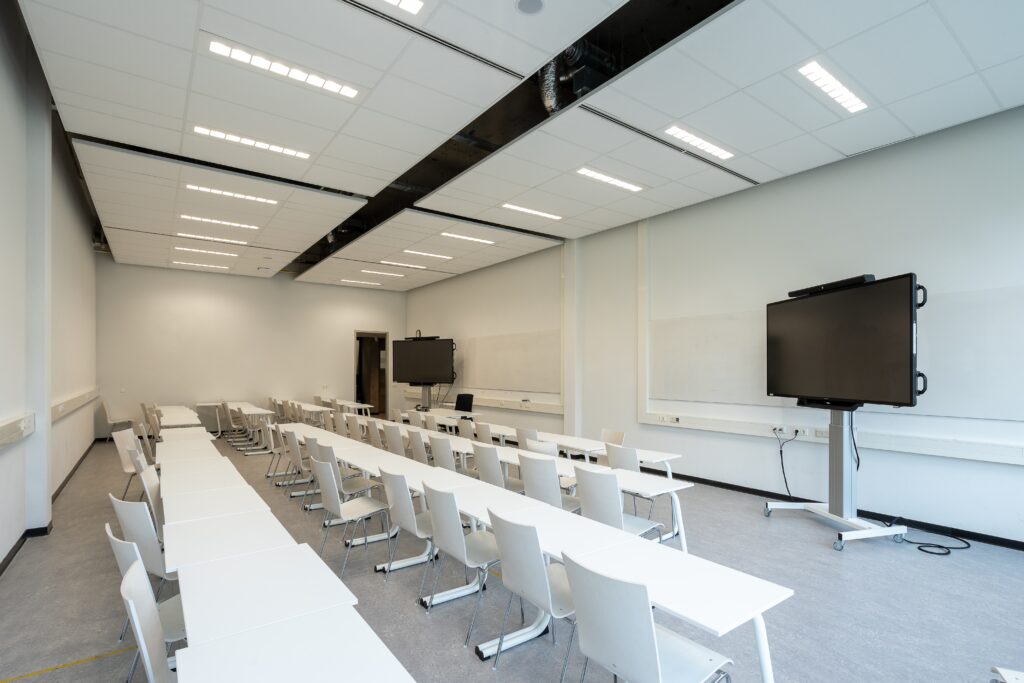Business Planning & Strategy, Financial Models
Test Preparation Center Business: Costs, Revenue Potential & Profitability
The test preparation center business is margin-rich but highly fragmented, with profitability hinging on conversion efficiency, instructor leverage, and perceived outcomes. While demand remains stable due to competitive university admissions and credentialing exams, price pressure and online alternatives have increased. Structured business models that blend premium positioning, hybrid delivery, and diversified monetization unlock both cash flow stability and scalable growth.
Asset Configuration
CapEx is moderate and driven by the number of classrooms, AV infrastructure, and curriculum development. A typical center includes 3–5 classrooms (10–25 students each), a reception/admin area, and a content production or instructor prep room. Total space: 1,500–3,000 sq. ft.
| Asset Category | Cost Range (USD) | Notes |
|---|---|---|
| Classroom Setup (3–5 rooms) | $40,000 – $80,000 | Whiteboards, projectors, desks, soundproofing |
| Reception & Admin Area | $10,000 – $20,000 | POS, CRM desks, lounge area |
| Curriculum Development | $15,000 – $30,000 | Proprietary content, mock tests, analytics |
| Video/Recording Equipment | $10,000 – $25,000 | For online modules, hybrid delivery |
Total CapEx for a mid-size hybrid test prep center: $75,000 – $155,000. Digitally native or online-first models reduce setup costs by up to 50%.
Revenue Model
Revenue derives from standardized test preparation courses (SAT, ACT, GRE, GMAT, LSAT), tutoring, crash programs, and institutional contracts. Premium pricing is supported by small class sizes, outcome guarantees, and branded instructors. Standard courses range from $1,200–$2,500/student. Private tutoring ranges from $80–$150/hour.
Revenue is further enhanced by hybrid delivery (live + asynchronous content), diagnostic testing, and upsells such as one-on-one add-ons or post-program refreshers.
Annual Revenue Potential – Premium Center, 3 Classrooms
| Revenue Stream | Volume Assumption | Annual Revenue (USD) |
|---|---|---|
| Group Courses (SAT/GRE/GMAT) | 300 students @ $1,800 avg. | $540,000 |
| Private Tutoring | 1,500 hours @ $100 avg. | $150,000 |
| Crash Courses/Workshops | 10 events/year @ $5,000 avg. | $50,000 |
| Diagnostic Testing | 500 tests @ $50 avg. | $25,000 |
| Online Course Sales | 300 enrollments @ $250 avg. | $75,000 |
| Institutional Contracts | 3 clients @ $15,000 avg. | $45,000 |
| Total | $885,000 |
Big centers with strong instructor brands and proven outcomes can exceed $1.2M/year. Generic test prep centers relying on volume and discounts rarely cross $400K and face high churn.
Operating Costs
Instructor pay is the largest cost driver, followed by marketing and content. Unlike general tutoring centers, test prep margins improve significantly when group class utilization is optimized. Instructors are typically paid per class ($60–$100/hour) or on a revenue-share basis.
| Cost Category | Annual Cost (USD) |
|---|---|
| Instructor Compensation | $220,000 – $300,000 |
| Marketing & Lead Gen | $100,000 – $130,000 |
| Admin & Enrollment Staff | $70,000 – $90,000 |
| Rent & Utilities | $70,000 – $90,000 |
| Curriculum & Platform | $45,000 – $60,000 |
| Software & Licensing | $15,000 – $25,000 |
| Total | $520,000 – $695,000 |
Well-structured centers maintain 35%+ EBITDA margins. Poor student-to-instructor ratios, limited upselling, or weak lead conversion compress margins rapidly.
Profitability Strategies
Revenue per classroom hour and lead conversion rate (LCR) are the dominant KPIs. A mature center targets $250+ revenue per classroom hour and 20–30% LCR from inquiries to enrollments. Scheduling efficiency—avoiding underfilled classes—is the biggest profitability swing factor.
Upselling is key: packaging group courses with private add-ons, offering early access mock tests, and selling program extensions all increase ARPU by 15–30%. Pricing tiers (e.g., self-paced, group, group + private) allow segmentation without discounting.
Digital content allows scale and retention. On-demand modules, recorded lectures, and alumni access portals increase LTV while reducing instructor dependency. B2B/B2E contracts with schools or employers stabilize revenue and reduce acquisition costs.
Cost control requires flexible staffing models, batch-based scheduling, and disciplined budget allocation toward digital vs. print materials. Online lead funnels (SEO, webinars, email automation) consistently outperform outbound or physical marketing.
So what?
A test prep center is not an education facility but rather a yield-maximized academic product with a direct ROI for the customer. Profitability depends on instructional density, tiered monetization, and precise enrollment-to-delivery logistics. Operators who structure for high revenue per classroom hour, blended delivery, and outcome-linked conversion models can achieve 35% EBITDA margins with around $150K CapEx. This is a business of precision, not pedagogy: designed for outcomes, optimized for throughput.

Are you considering opening your Test Preparation Center business? Download the comprehensive Test Preparation Center Financial Model Template from SHEETS.MARKET to simplify your financial planning. This tool will help you forecast costs, revenue, and potential profits, making securing funding and planning for success for your test preparation center business easier.



